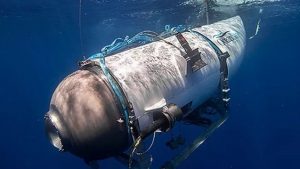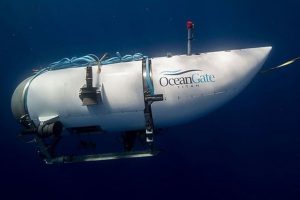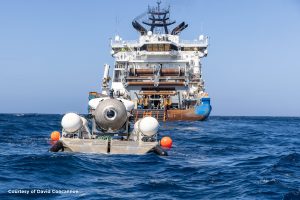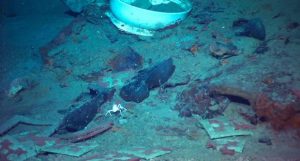Edward Cassano, the crew leader and chief executive of Pelagic Research Services, has found himself at the center of attention following the tragic disaster involving the Titan submersible. The vessel, on a mission to explore the wreckage of the Titanic, suffered a catastrophic implosion, leading to the loss of all five crew members.
As the leader of the team called in to assist in the recovery mission, Cassano has been instrumental in the search efforts and has shared some emotional moments with the public.
Pelagic Research Services was contacted by OceanGate on June 18 at 5:45 PM to aid in the search for the missing submersible. The company’s deep-water remotely operated vehicle system, Odysseus 6K, was immediately deployed, and Cassano assembled a team to embark on the recovery mission.
The initial hope was to find and rescue the crew, but as it became apparent that it was a recovery mission, the US Coast Guard informed the families of the crew members.
During the operation, Cassano confirmed that Deep Energy, a company assisting in the search and rescue attempt, lost one of their remotely operated submersibles due to a mechanical issue. Despite the challenges faced, Cassano and his team remained determined to recover the Titan if it was intact. Their plan involved latching onto the submersible and lifting it as soon as possible.
However, the recovery mission has faced numerous obstacles. The US Navy discovered an anomaly consistent with an implosion or explosion in the vicinity where the submersible was operating when communication was lost. Canadian authorities are also considering whether any laws were broken in relation to the incident, potentially leading to a full investigation by the Royal Canadian Mounted Police.
In a surprising turn of events, human remains presumed to be from the crew were discovered amidst the wreckage of the Titan. Coast Guard officials found identifiable parts of the submersible, including its nose and a large panel from the tail end. These findings were unexpected, as experts believed the submersible was completely destroyed in the implosion.
The recovery of these remains and the wreckage will provide crucial evidence for investigators from multiple jurisdictions, including the Marine Board of Investigation. The evidence will be analyzed to understand the cause of the tragedy and prevent similar incidents in the future. The investigation will also examine the circumstances that led to the deaths of the crew members.
Also Read: OceanGate Titan: What happens to a submarine and its passengers when it implodes?
Despite the challenges and tragic outcome, Cassano’s team at Pelagic Research Services has been relentless in their efforts. Working tirelessly for ten days, they have faced physical and mental challenges during the operation. The company expressed its gratitude for the international and interagency support received in recovering and preserving vital evidence.






